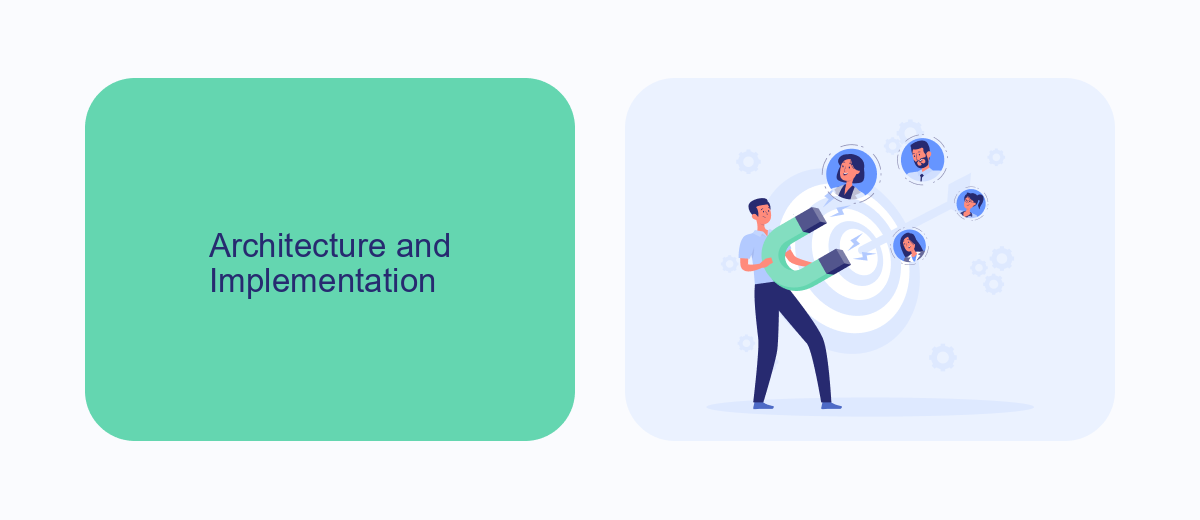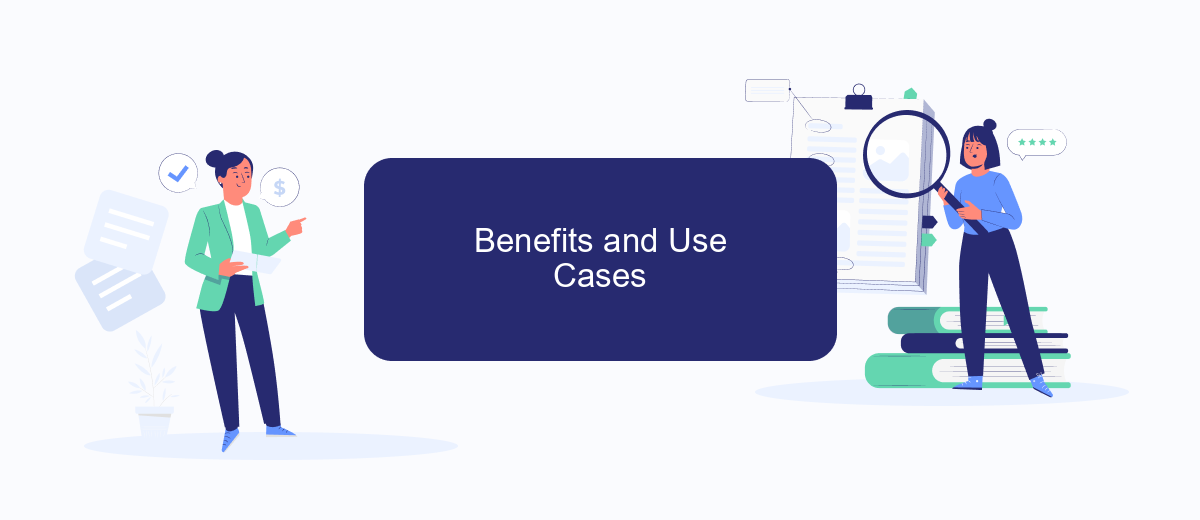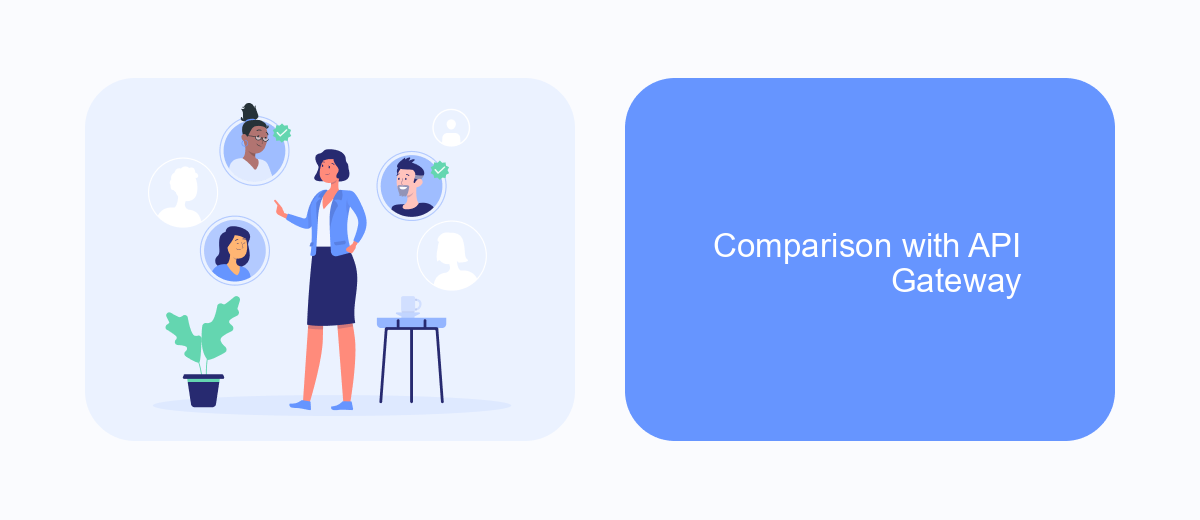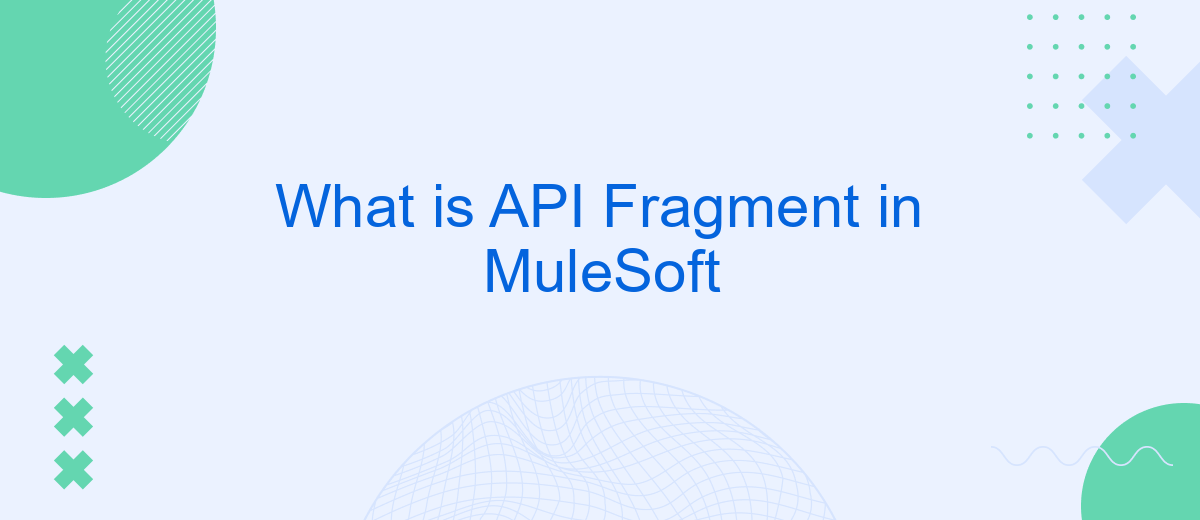An API Fragment in MuleSoft is a reusable component that allows developers to modularize and streamline their API design process. By breaking down APIs into smaller, manageable pieces, API Fragments enhance collaboration, reduce redundancy, and improve maintenance. This article explores the concept, benefits, and practical applications of API Fragments in MuleSoft, providing insights into how they can optimize your API development workflow.
Introduction to API Fragment
API Fragments in MuleSoft are reusable components that can be used to simplify and standardize the development of APIs. They allow developers to create modular pieces of API functionality, which can then be shared and reused across multiple projects. This not only speeds up the development process but also ensures consistency and reduces the likelihood of errors.
- Reusable: API Fragments can be used across different APIs and projects.
- Standardization: Helps to maintain uniformity and standards in API development.
- Efficiency: Speeds up the development process by reusing pre-built components.
By leveraging API Fragments, organizations can achieve greater efficiency and consistency in their API development processes. For instance, services like SaveMyLeads can benefit from using API Fragments to streamline the integration of various third-party applications, ensuring a smooth and standardized connection setup. This modular approach can significantly enhance the overall quality and maintainability of APIs.
Architecture and Implementation

MuleSoft's API fragments are reusable components that streamline the development process by allowing developers to create and share pieces of APIs, such as data types, security schemes, and resource types. These fragments can be stored in Anypoint Exchange, MuleSoft's marketplace for connectors, templates, and examples, making them easily accessible for future projects. By leveraging these reusable components, organizations can ensure consistency, reduce redundancy, and accelerate the API development lifecycle.
When implementing API fragments, developers can use tools like Anypoint Studio to design, test, and deploy APIs efficiently. Integrating with services like SaveMyLeads can further enhance the process by automating data transfer and synchronization between different applications. SaveMyLeads simplifies the integration setup, allowing developers to focus on core functionalities while ensuring seamless data flow. This approach not only improves productivity but also helps maintain high-quality standards across all API implementations.
Benefits and Use Cases

API Fragments in MuleSoft offer a range of benefits and use cases that enhance the development and management of APIs. They allow developers to reuse API components, ensuring consistency and reducing redundancy across multiple projects. This modular approach streamlines the development process and makes it easier to maintain and update APIs.
- Reusability: API Fragments can be reused across different APIs, saving time and effort.
- Consistency: Ensure uniformity in API design and implementation by leveraging predefined fragments.
- Efficiency: Speed up the development process by reusing tested and validated components.
- Scalability: Easily scale your API architecture by incorporating modular fragments.
- Integration: Simplify integration processes with tools like SaveMyLeads, which can automate and streamline data flow between various services.
By utilizing API Fragments, organizations can not only accelerate their API development lifecycle but also maintain high standards of quality and performance. This approach is particularly beneficial for complex projects that require seamless integration and consistent functionality, making tools like SaveMyLeads invaluable for automating and optimizing these processes.
Comparison with API Gateway

API Fragments and API Gateways serve different yet complementary roles in the API lifecycle. While API Fragments focus on reusability and modularity, API Gateways manage and control API traffic. Understanding their distinctions can help organizations better streamline their API strategies.
API Fragments are reusable components that can be shared across multiple APIs, ensuring consistency and reducing development time. On the other hand, API Gateways act as a single entry point for API requests, providing security, monitoring, and rate limiting.
- API Fragments: Promote reusability and consistency
- API Gateways: Enhance security and traffic management
- API Fragments: Simplify API development
- API Gateways: Provide analytics and monitoring
Combining API Fragments with an API Gateway can lead to a more efficient and secure API ecosystem. For instance, integrating services like SaveMyLeads can further streamline the process by automating data flows and enhancing connectivity between various applications. This holistic approach ensures that APIs are not only robust but also agile and scalable.
Conclusion
In conclusion, API fragments in MuleSoft offer a powerful way to streamline and standardize the development and management of APIs. By leveraging reusable components, developers can ensure consistency, reduce redundancy, and accelerate the integration process. This modular approach not only enhances efficiency but also simplifies maintenance and updates, making it easier to adapt to changing business needs.
For those looking to further optimize their integration efforts, tools like SaveMyLeads can be invaluable. SaveMyLeads automates the process of connecting various applications and services, reducing the manual effort required and minimizing the risk of errors. By combining the strengths of MuleSoft API fragments with automated integration tools, organizations can achieve a more robust, scalable, and efficient integration landscape, ultimately driving better business outcomes.
- Automate the work with leads from the Facebook advertising account
- Empower with integrations and instant transfer of leads
- Don't spend money on developers or integrators
- Save time by automating routine tasks
FAQ
What is an API Fragment in MuleSoft?
How can API Fragments improve development efficiency?
Can API Fragments be shared across different projects in MuleSoft?
How do you create an API Fragment in MuleSoft?
What are the benefits of using API Fragments in integration projects?
If you use Facebook Lead Ads, then you should know what it means to regularly download CSV files and transfer data to various support services. How many times a day do you check for new leads in your ad account? How often do you transfer data to a CRM system, task manager, email service or Google Sheets? Try using the SaveMyLeads online connector. This is a no-code tool with which anyone can set up integrations for Facebook. Spend just a few minutes and you will receive real-time notifications in the messenger about new leads. Another 5-10 minutes of work in SML, and the data from the FB advertising account will be automatically transferred to the CRM system or Email service. The SaveMyLeads system will do the routine work for you, and you will surely like it.

